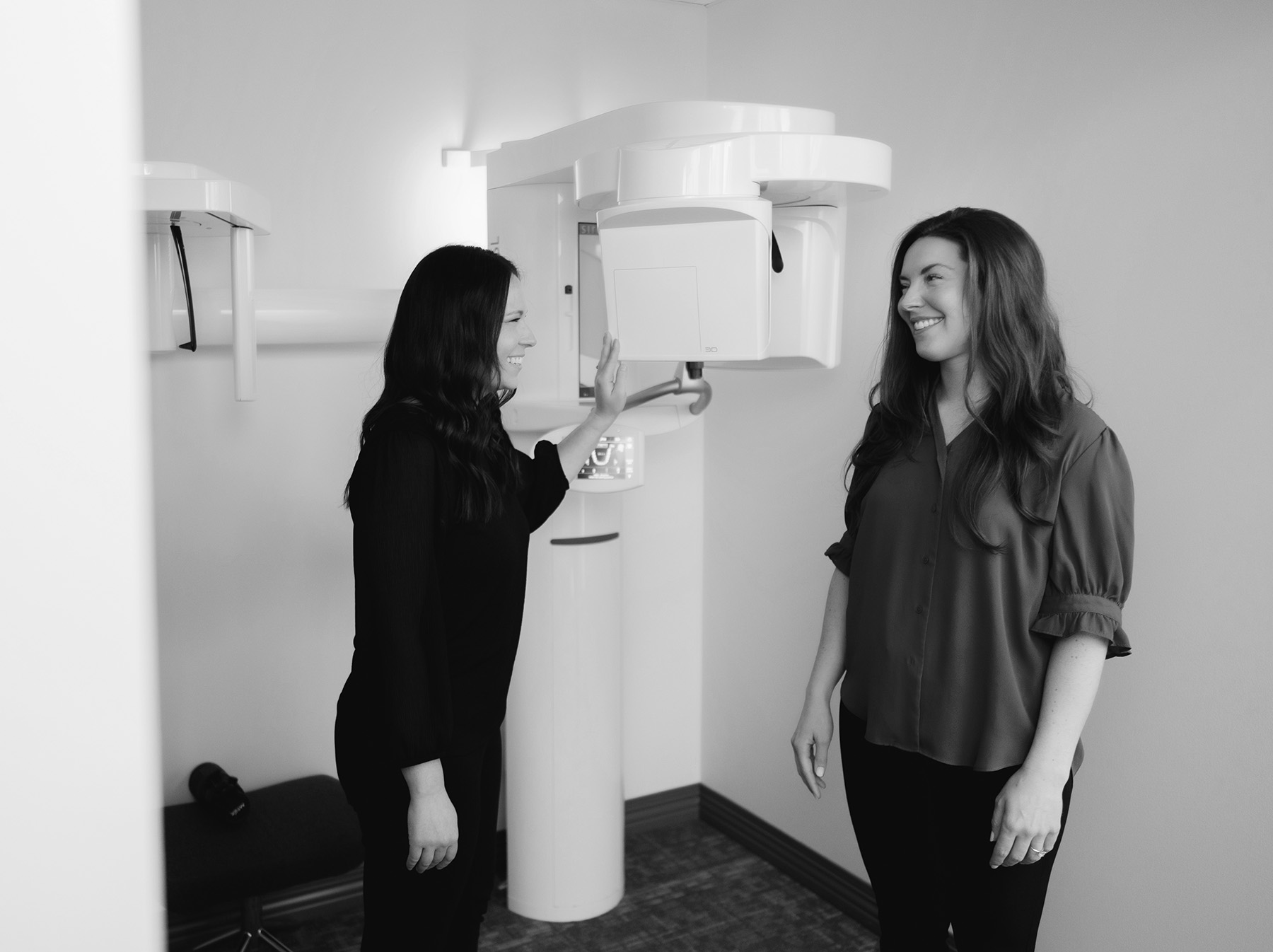
Root Canal Retreatment
In rare cases, root canal therapy fails to work as expected.
The treated tooth might not heal properly or a patient might experience post-surgical complications that jeopardize the tooth. Root canal retreatment involves the removal of the previous crown and packing material, the cleansing of the root canals, and the re-packing and re-crowning of the tooth. In short, root canal retreatment is almost identical to the original procedure. The success rate for a root canal retreatment is around 75%.
Root canal treatments and retreatments are a better alternative than extraction for most individuals. If a tooth has good bone support, a solid surface and healthy gums beneath it, it stands a good chance of being saved. Opting for root canal retreatment can be far less expensive than the alternatives. Dental implants, extensive bridgework and the creation of aesthetically pleasing prosthetic teeth cost far more than working with the natural tooth. They also require maintenance and feel less natural than a \"real\" tooth.
Why is root canal retreatment required?
Though the prospect of more endodontic surgery might not be pleasant, root canal retreatment is fairly simple. In general, the whole treatment can be completed in 1-3 visits.
There are a number of reasons why root canal therapy unexpectedly fails, including:
- Cracked crown leaking filling material.
- Curved or narrow canals not treated during the original procedure.
- Delay in the placement of restorative devices following the procedure.
- New decay to the tooth.
- New fracture in the treated tooth.
- Saliva entering the restorative structure.
- Undetected complex canal structures.
What does root canal retreatment involve?
On the day of the retreatment procedure a local anesthetic will be administered. The first step in a root canal retreatment is to gain access to the inner tooth. If a crown and post have been placed, these will be removed.
Next, filling material and obstructions that block the root canals will be removed. This removal is conducted using an ultrasonic handpiece. The advantage of using this tool is that any unwanted material is vibrated loose. Tiny instruments will then be used to clean and reshape the root canals. X-rays may be taken to ensure that the roots are thoroughly clean.
When your dentist is confident that the root canals are completely clean, gutta-percha is used to pack the space. This rubbery material seals the canals to prevent bacterial invasion. Finally, a temporary crown or filling is applied to tooth. At a later date, the color-matched permanent crown will be placed.
Contact
Call (937) 435-5163 or request an appointment online to set up your first visit. We’ll be in touch soon.
